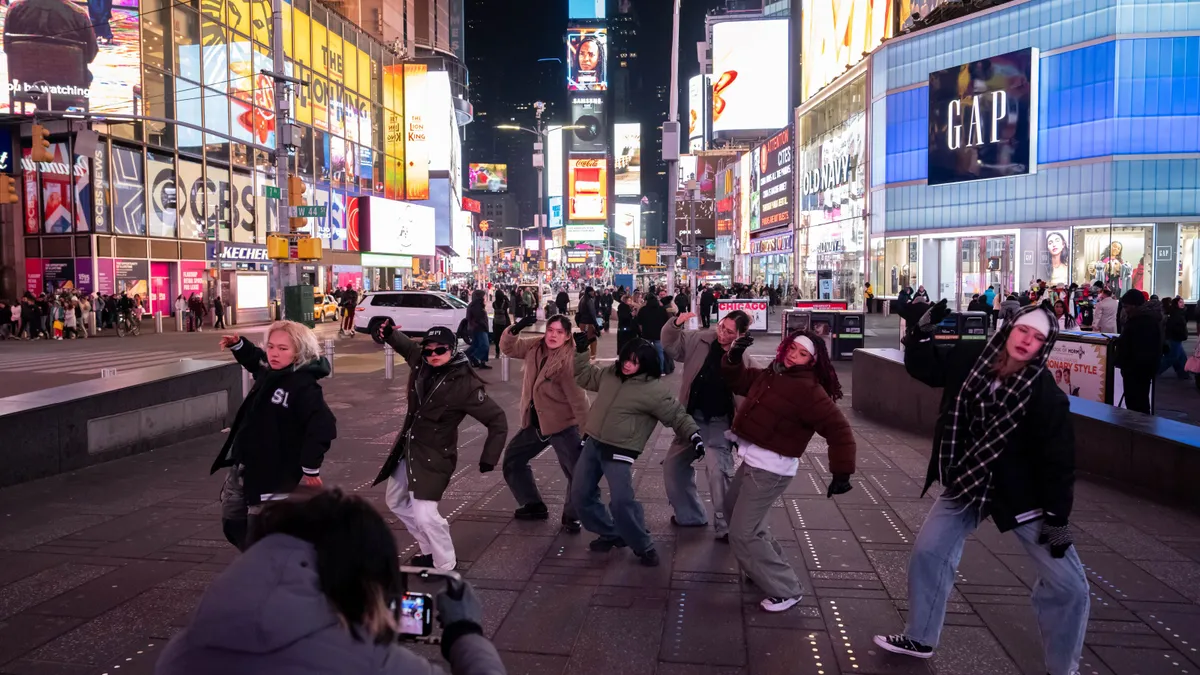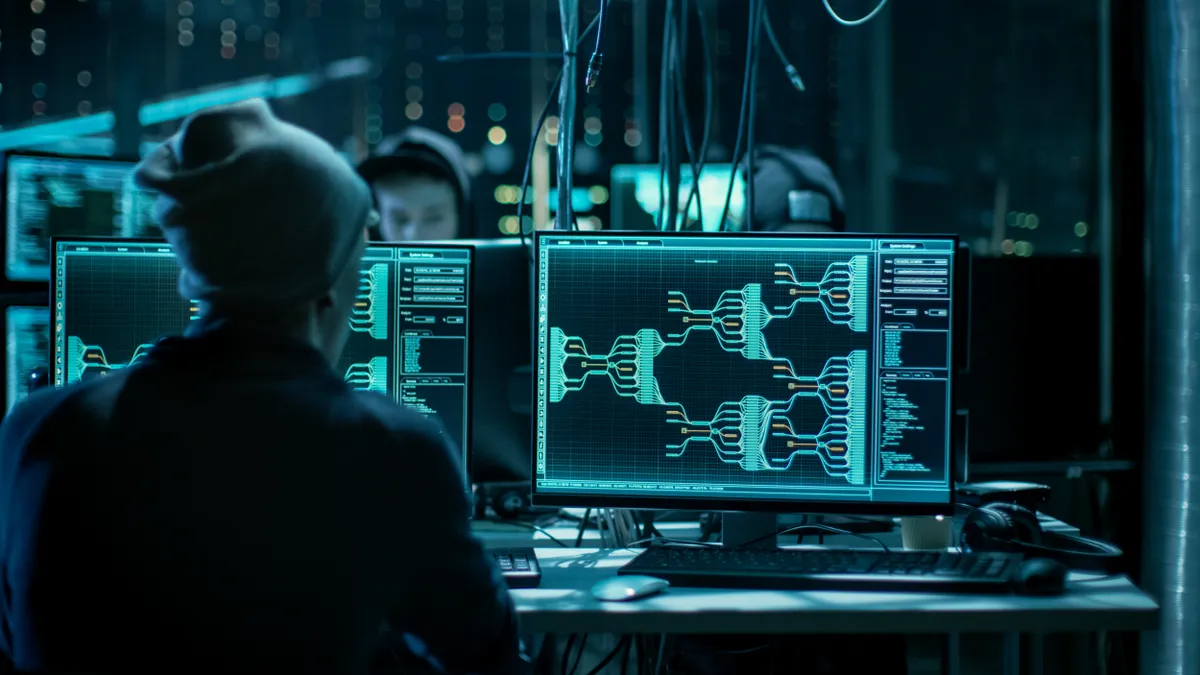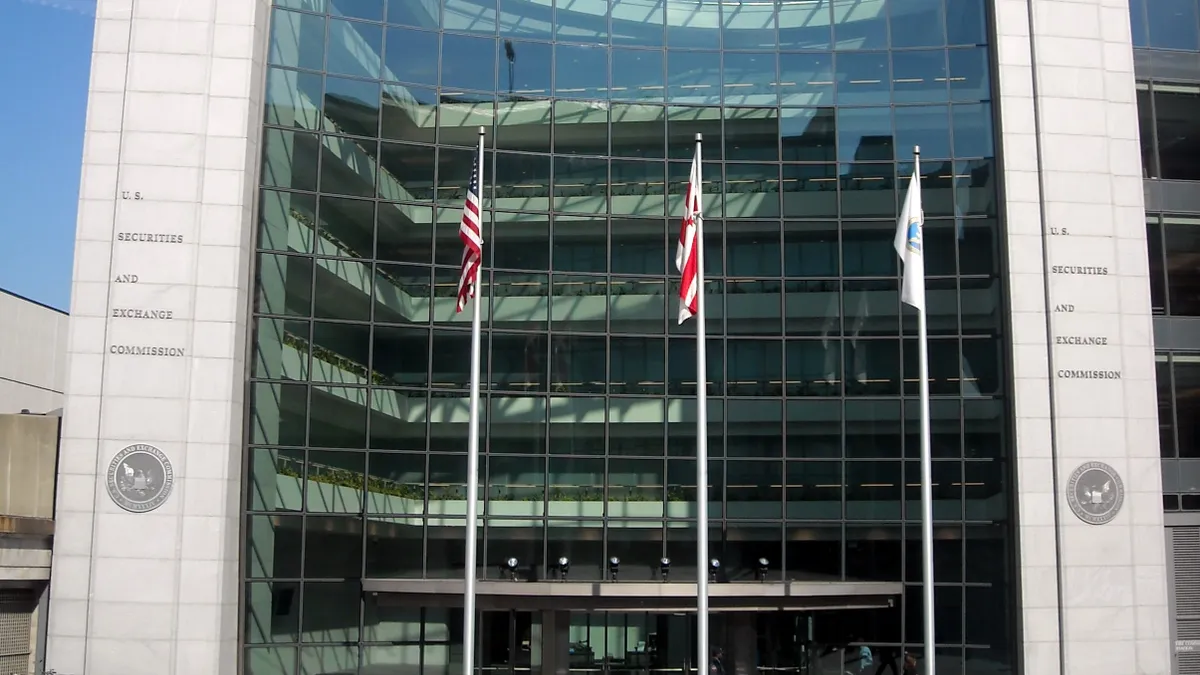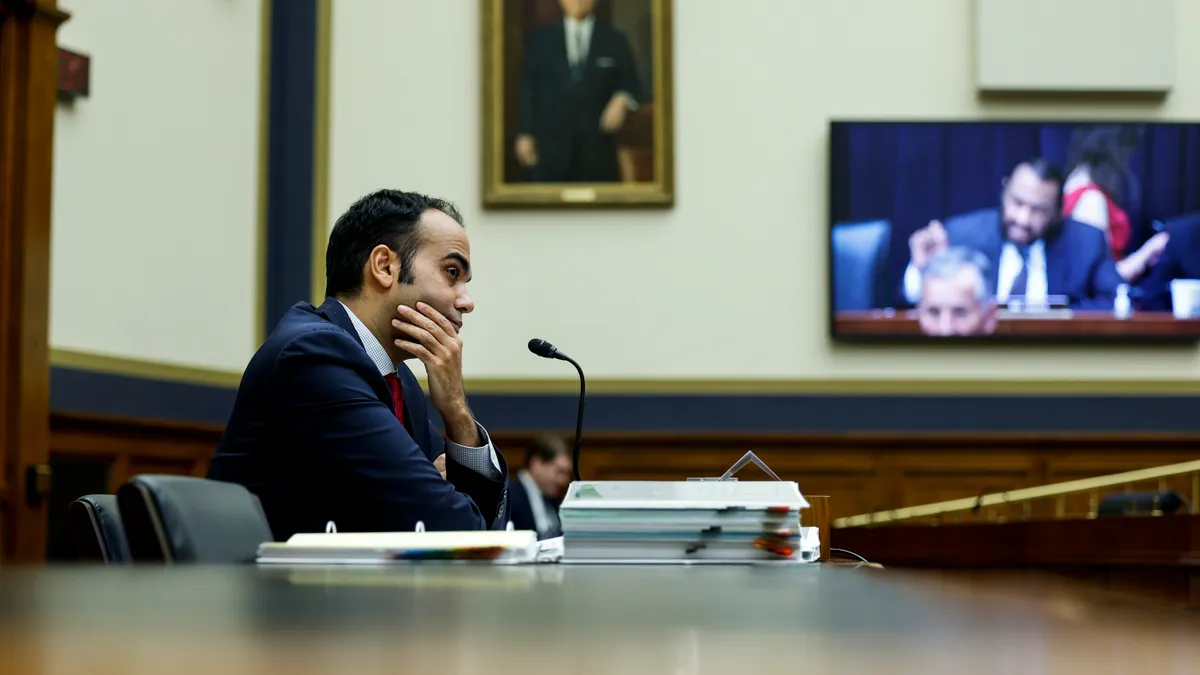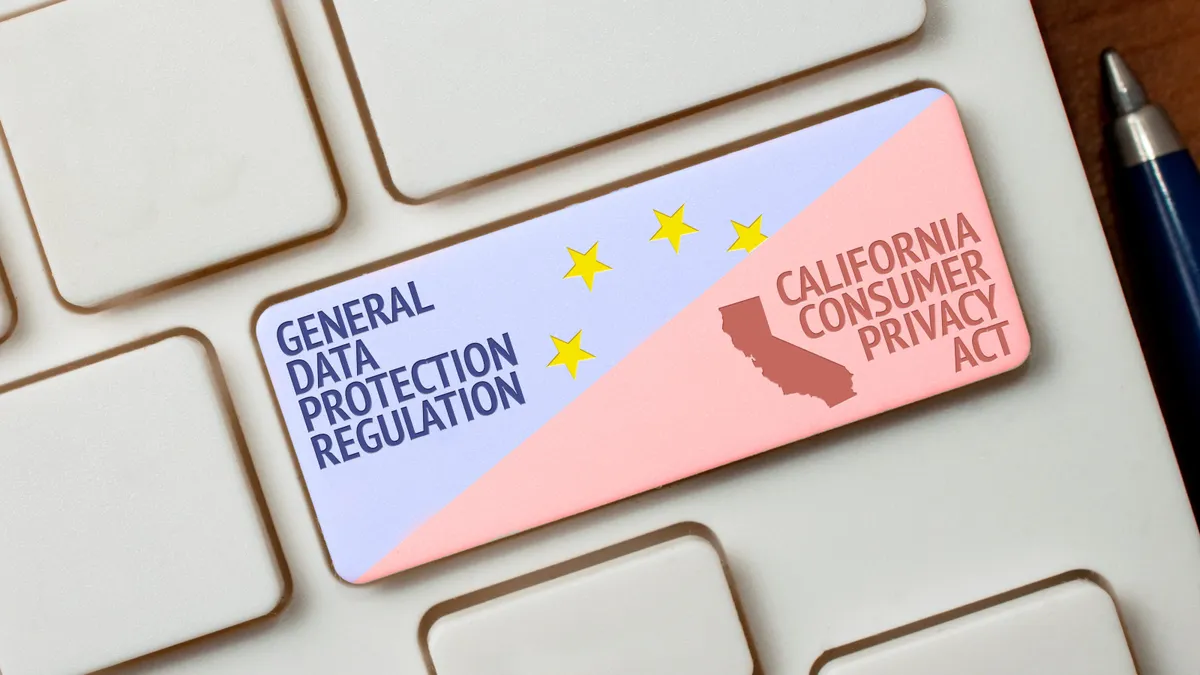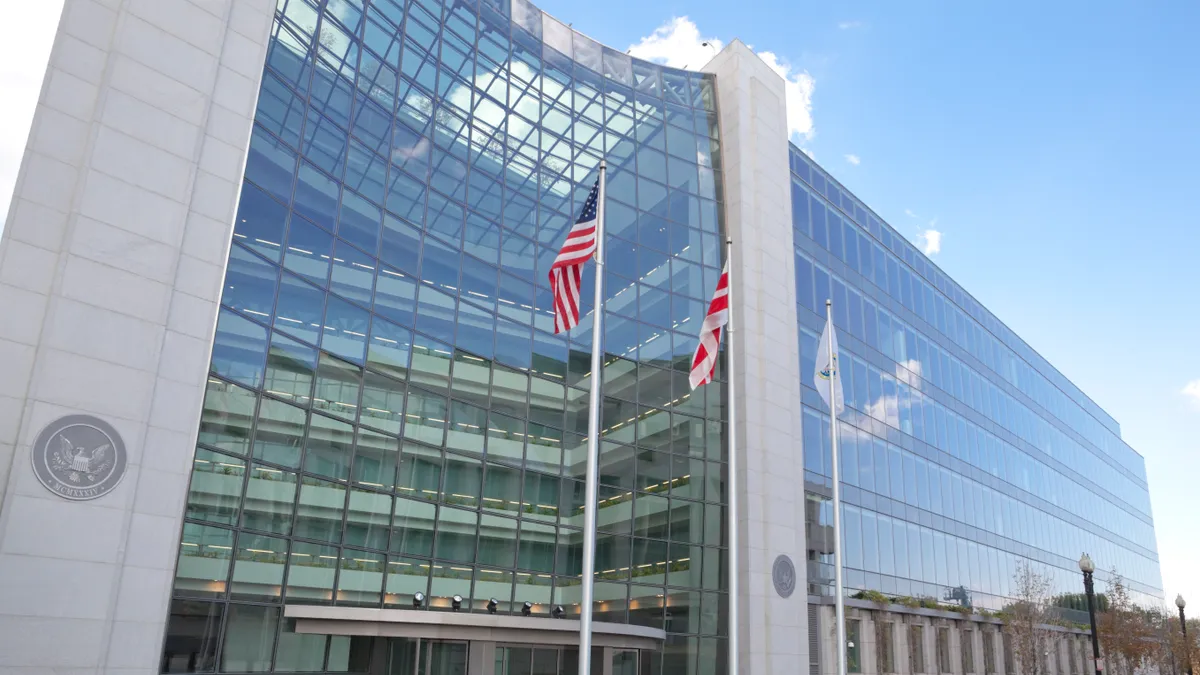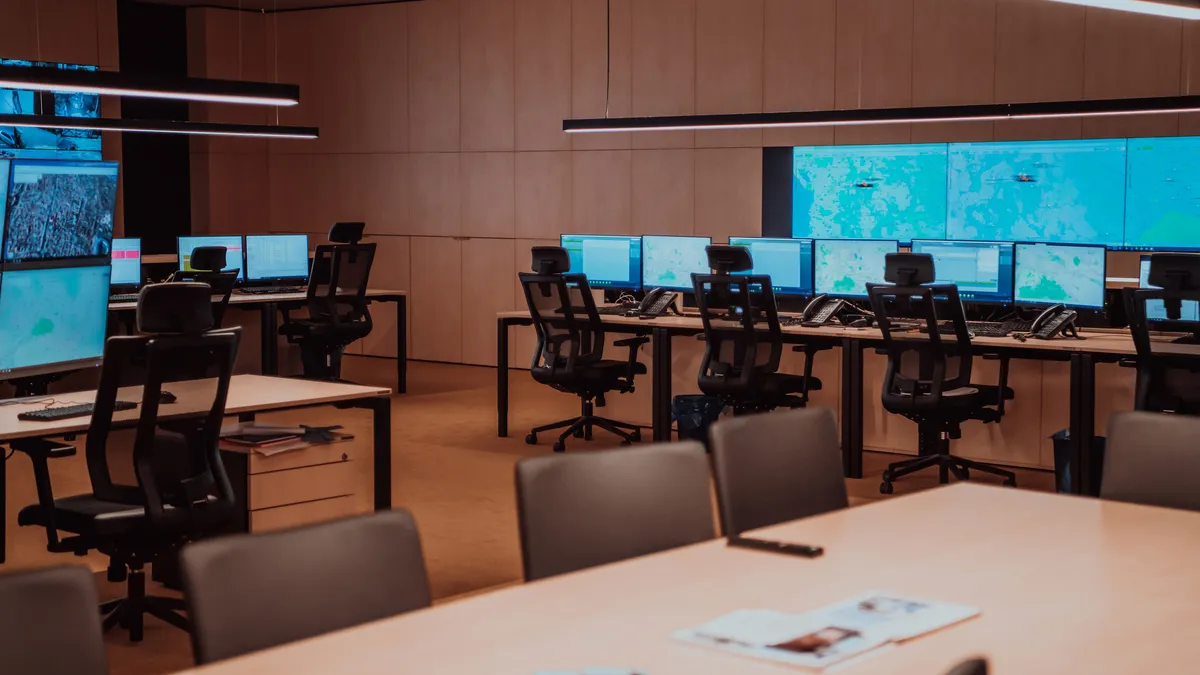In 2019 German industrial giant Siemens used artificial intelligence to design a car suspension that the company said was superior to what its engineers made but the company couldn’t get a patent because the design didn’t involve human inventors.
Although engineers were behind the development of the AI system, their role wasn’t enough; the patent system is intended to protect the rights of inventors, not an algorithm that can invent objects without human intervention.
“All of the engineers involved in the process said they didn’t invent it,” said Ryan Abbott, chair of law and health sciences at the University of Surrey School of Law in the U.K., in a Hudson Institute webcast. “They told it what they wanted in a car suspension, which was well known, and the output it modeled outperformed on the performance indicators.”
Growing GC concern
The inability of companies to get a patent for AI-generated work is of growing importance for corporate counsel as the use of AI, including AI that designs products autonomously, explodes in use.
“If I own a 3-D printer that makes a beverage container, I own that beverage container,” said Abbott, who also teaches at UCLA. “If I made a 3-D design for a beverage container, I would own that design as a trade secret. If I file for a patent on it, I should own that patent.”
Abbott has been leading an effort to get intellectual property protection on AI-generated products with mixed success. A group he works with was able to get patents on products granted in South Africa and received opinions in Europe that the inventions were patentable. But the United States said no. Abbott’s also trying to get copyright protection for AI-generated art, but the U.S. Copyright Office has denied it.
“The Copyright Office is relying on dicta from cases in the gilded age,” he said. “Only a human mind can be creative.”
Functional standpoint
This is the wrong way to look at the issue, he said. It’s probably true only a human can know and appreciate what it means to invent something, but from a functional standpoint, AI is in fact creating products and if governments have an interest in creating an environment in which useful, sought-after products are AI- created, the IP system needs to be adjusted to accommodate that.
“We may all be better off as a society if the law did less to discriminate between AI and human behavior,” he said.
One of the fastest-moving areas of concern is AI-generated images, where much of the attention has been on deepfakes – employing AI to create likenesses of someone’s image without their consent – but the IP issues go deeper than that.
Companies like Getty Images, whose stock photos are ubiquitous on the Internet, are concerned about companies using their online images as part of the data that’s used to train AI and machine learning (ML) systems to create original works.
“What if the underlying data [that is used to train AI and ML] is copyrighted work?” said Paul Reinitz, director of advocacy and legal operations counsel at Getty. “Should we be treating it differently? Do we need to respect copyright? I would say yes.”
One concern is that software companies will scrape images off the Internet to build databases that AI and ML systems use to learn how to create images, and these images would in turn enter the market in competition to the images used to build the databases.
“They rely on high volumes of image data for training, testing and validation,” said Reintz. “Often that can be copyrighted data. If the output of such systems competes directly with the market for that underlying data, should licensing be required? I would think so.”
Reintz envisions a process, much like companies use in their accounting operations, to track the data that goes into creating an AI or ML system. The data remains private, but when questions of ownership or copyright come up, the data is discoverable so parties can weigh who owns what data that went into the system.
“If we are going to be creating new content, especially if [the AI or ML] is trained on existing content, that existing content should be licensed,” he said. “Using best practices about transparency would also encourage respect for third-party rights. If people are confident with their data, share what their models were trained on. Transparency can help us view into that black box of models.”
Clearview example
The use of existing images on the Internet by AI and ML systems is controversial and the subject of lawsuits.
One company, Clearview AI, launched in 2017 to help law enforcement agencies identify and track suspects, is fighting multiple lawsuits in the United States and elsewhere stemming from its use of some 20 billion images it scraped off the Internet to populate its facial recognition database.
The company is at the center of the storm mainly on privacy grounds, but its practice of alleged indiscriminate scraping of images raises questions that are central to extending IP protection to AI and ML because of the central role data plays in how they function.
“Clearview AI is the poster boy for what not to be doing,” said Reintz. “Their position is they can just crawl the web and it’s public. That’s exactly what l’m talking about: disrespect for third-party rights.”
Resolution prospects
Resolution of these types of legal issues isn’t likely to happen soon, although some lawmakers and policymakers in the United States are starting to look into it.
In 2019, the U.S. Patent and Trademark Office (USPTO) adopted a framework that includes guidance on when the kind of algorithm that goes into AI should be eligible for patent protection, with some positive results, said Hodan Omaar, a senior analyst with the Information Technology and Innovation Foundation. According to the USPTO director at the time, Andre Iancu, the guidance helped cut rejection rates for AI-assisted inventions from 60% to 32%.
Although that’s a start, said Omaar, the guidance doesn’t apply everywhere. Federal circuit courts in 2019 and 2020 said they’re not bound by the guidance but rather will defer to case law and U.S. Supreme Court precedent.
For critics of the status quo, legislation appears to be the most practical means to reform patent eligibility, and some lawmakers on a bipartisan basis as part of patent reform are looking at what’s needed to get patent protection for AI inventions.
“I think they’re hoping to see a change to some of these rules,” Omaar said.
The American Civil Liberties Union is among the interest groups that want to tread carefully given the way AI companies rely on data to train their algorithms.
“If patent reform isn’t done right, bad patents can get through,” said Omaar. “It’s causing a lot of controversy.”








